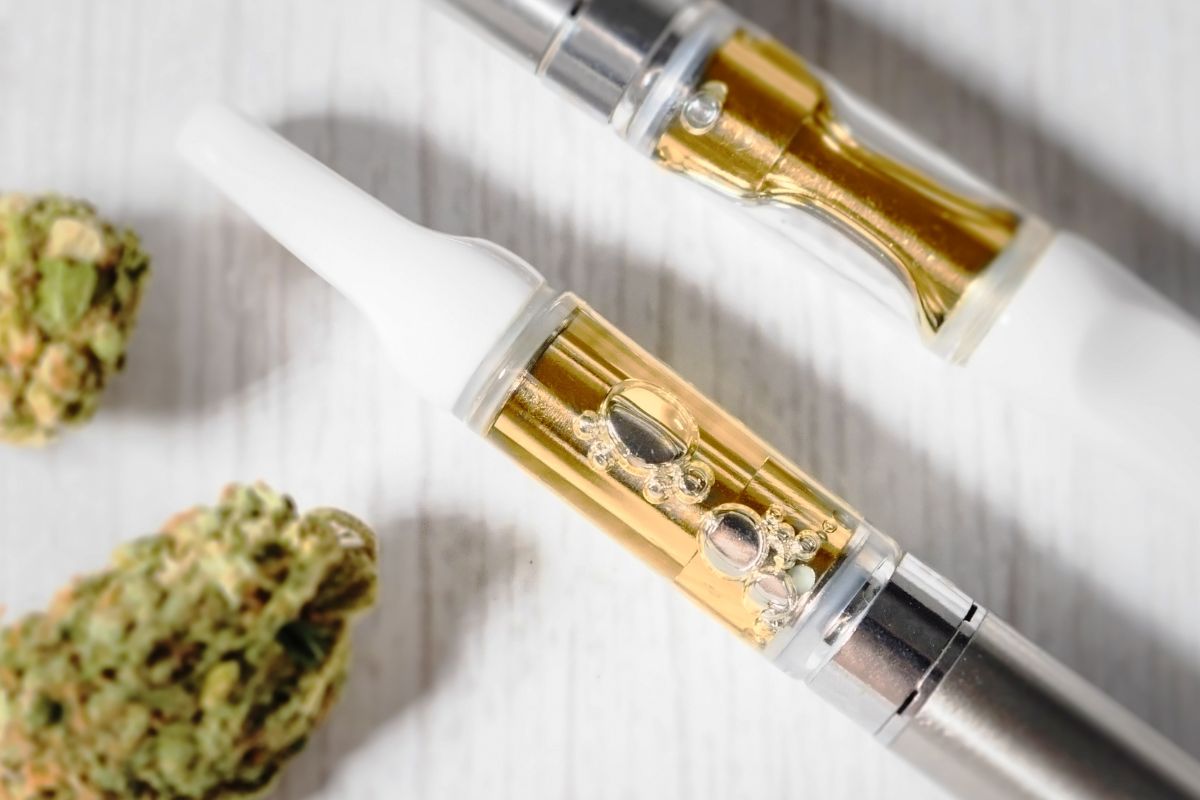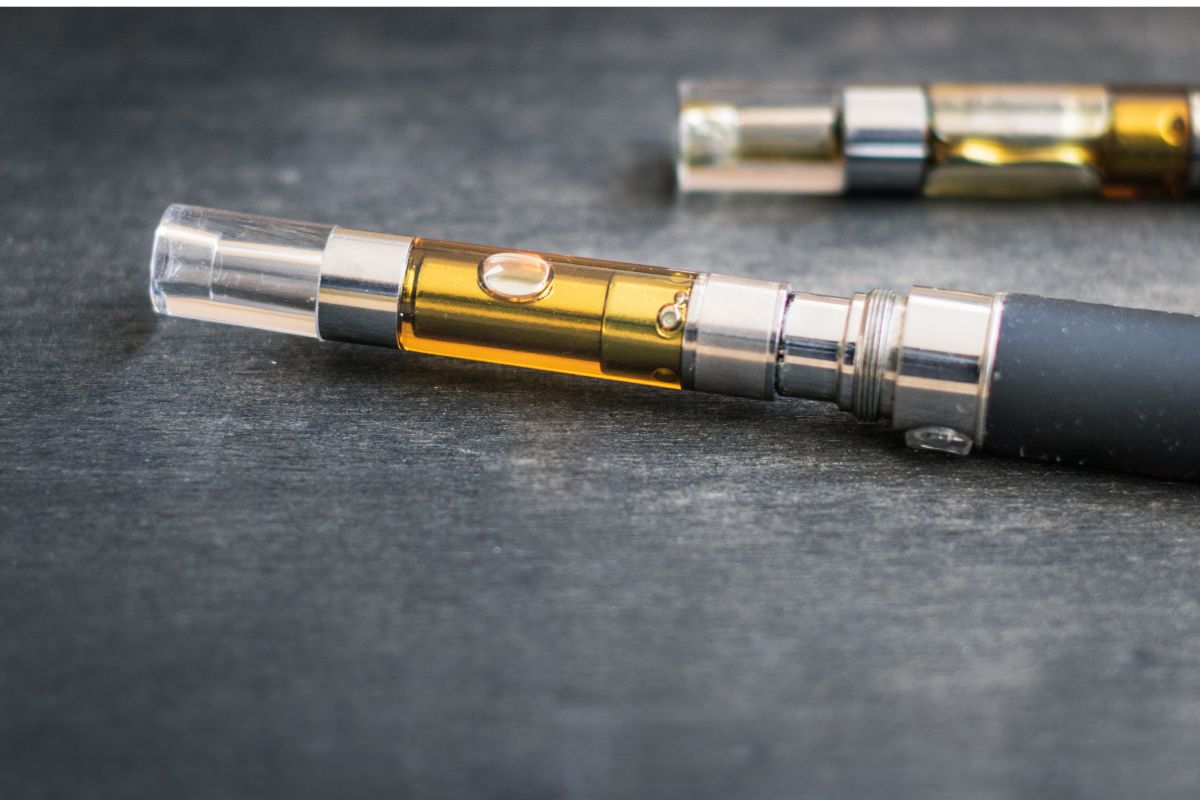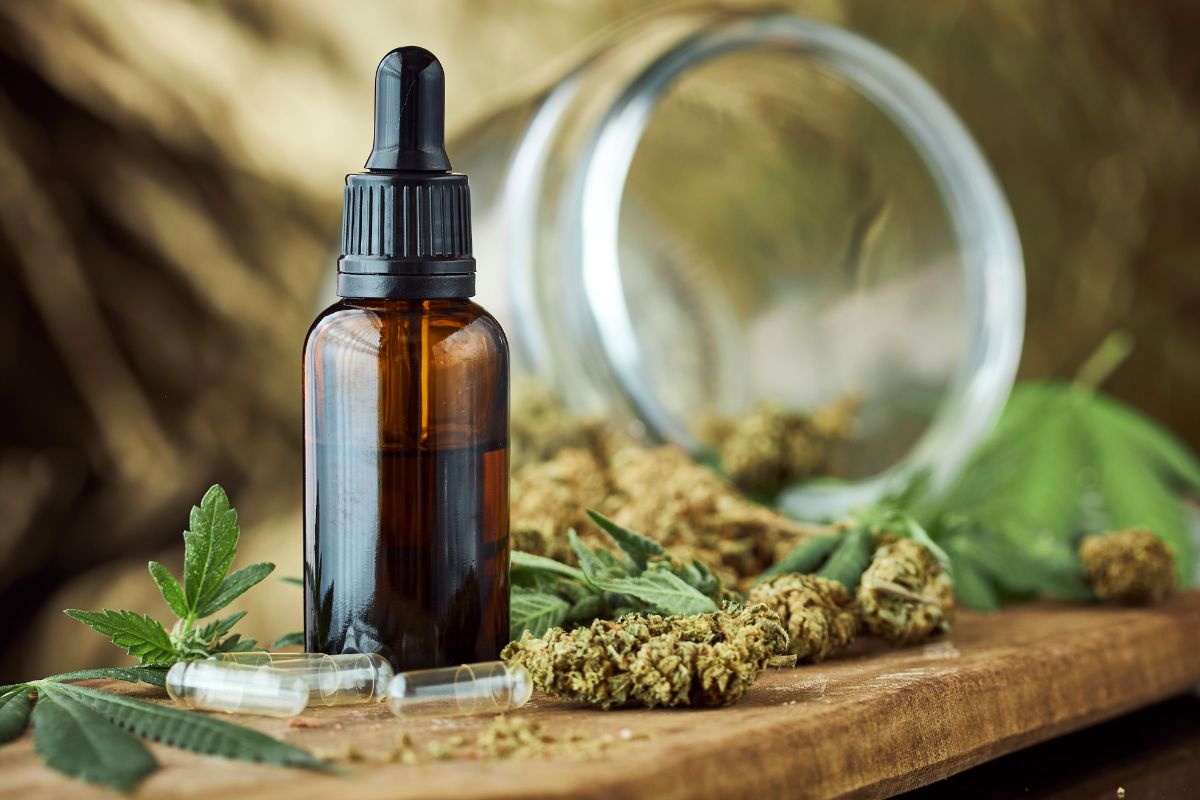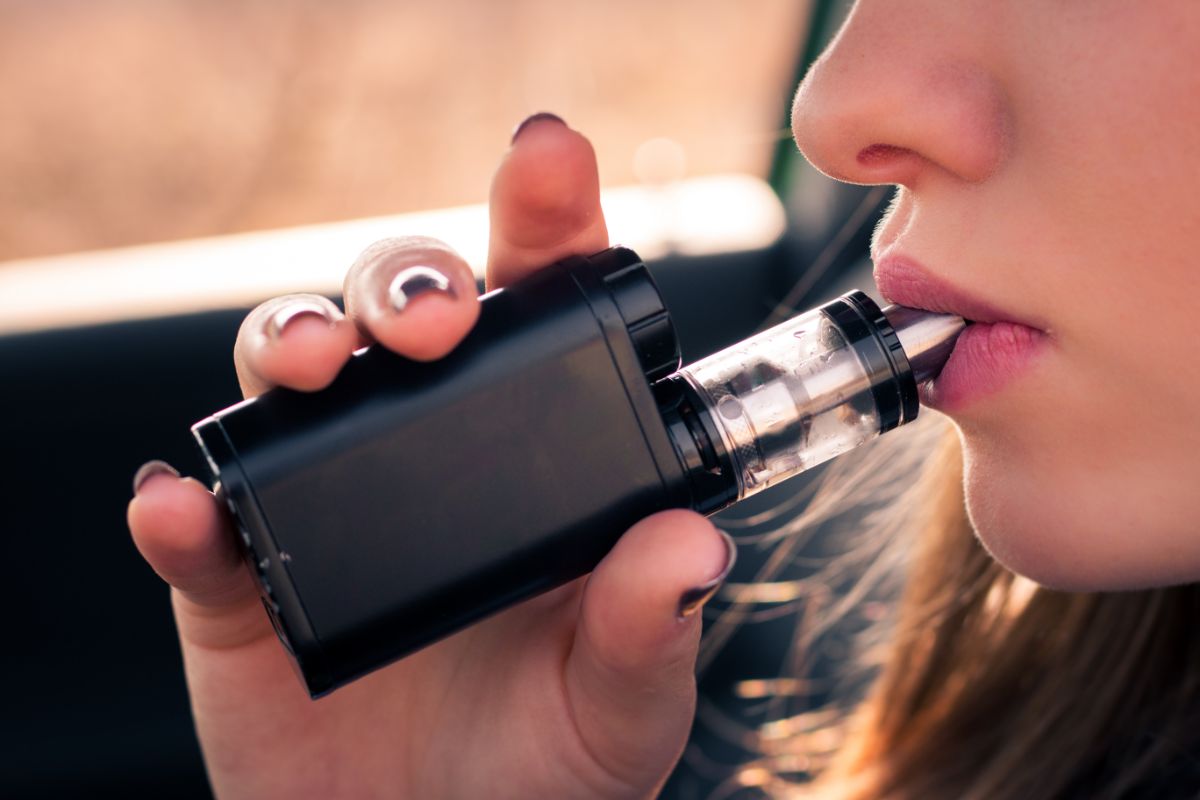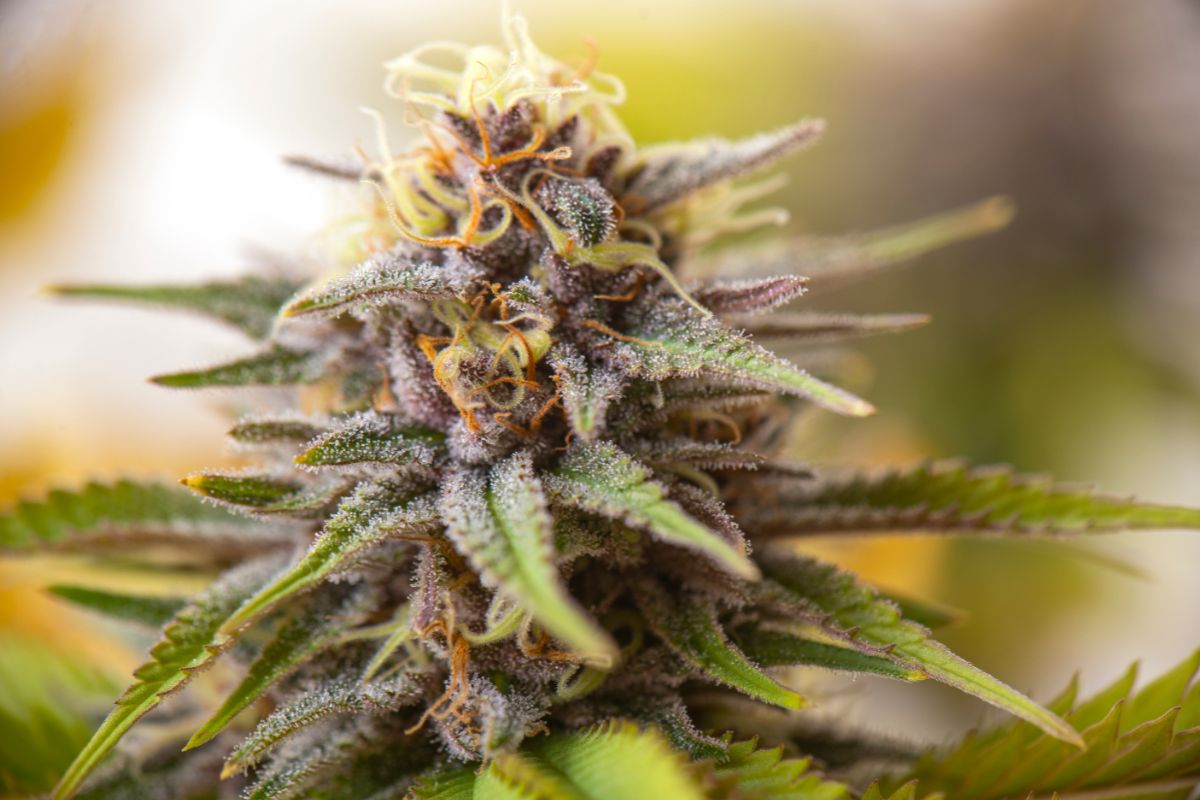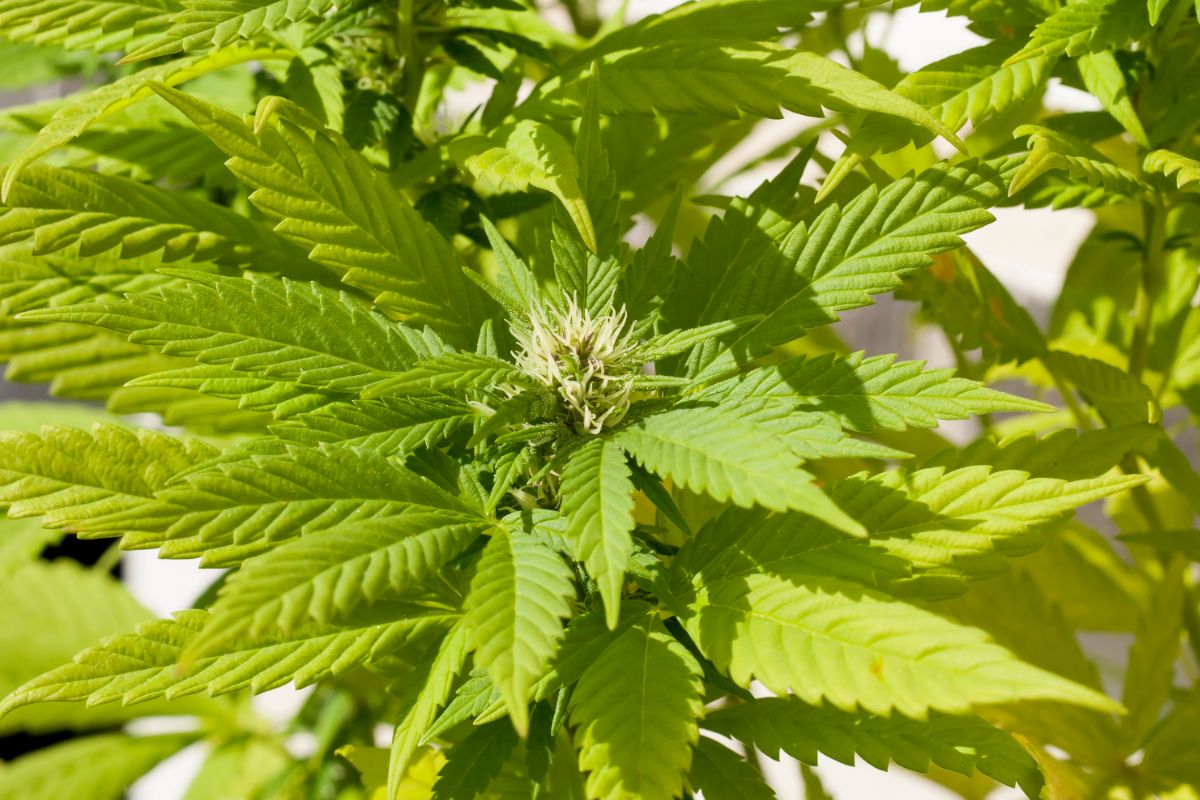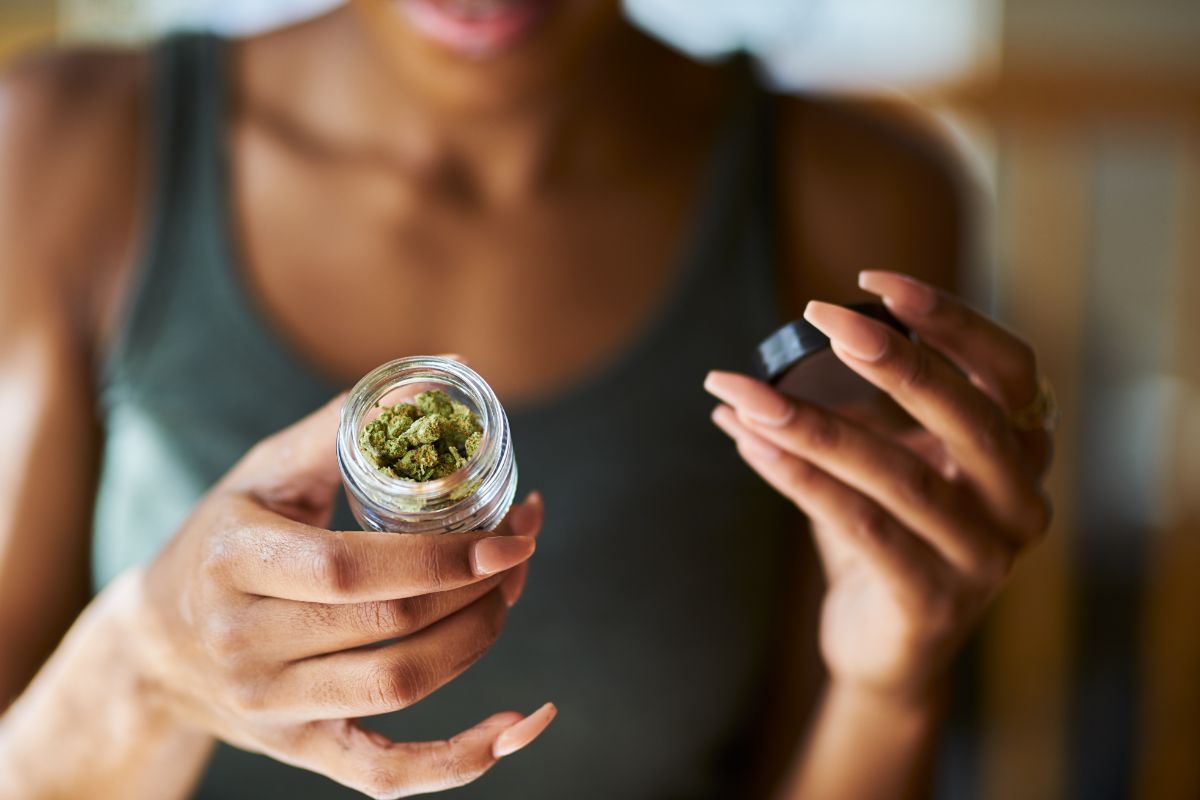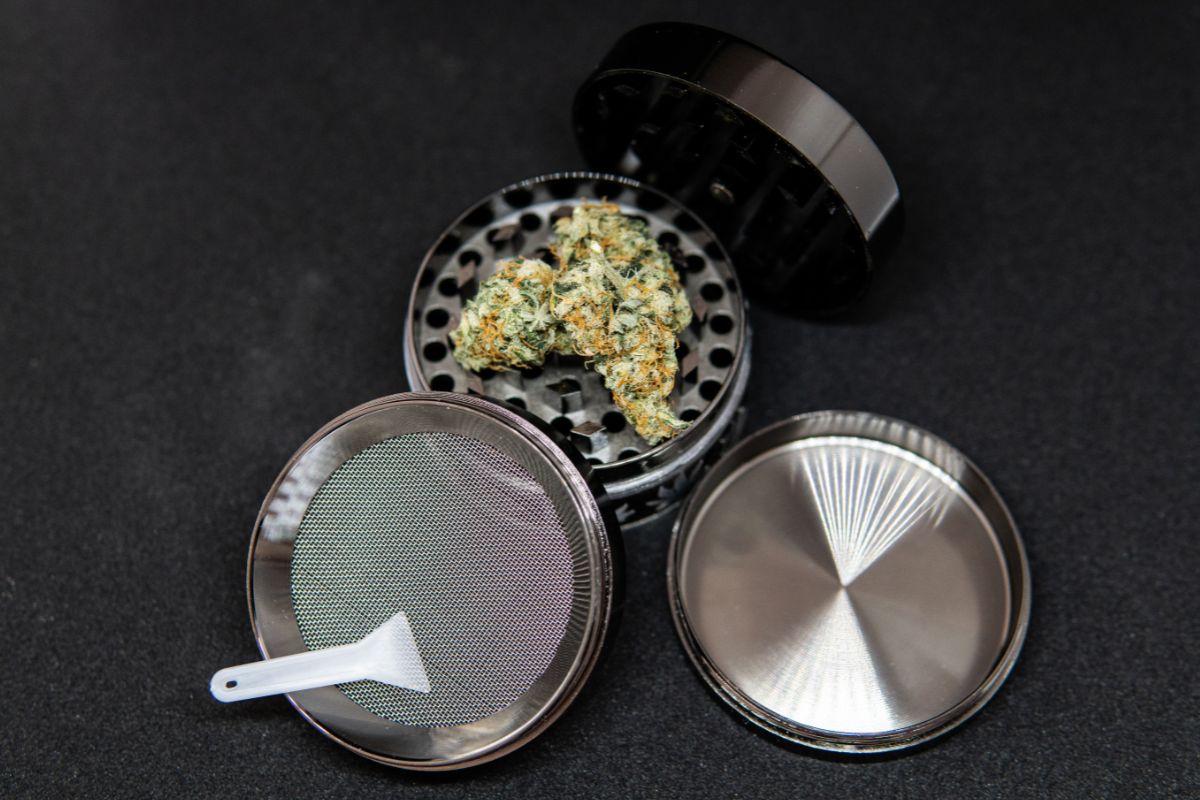With vapes officially positioned as the healthier alternative to traditional methods of inhaling substances, especially tobacco and marijuana, it’s no surprise that users then go on to question which of the myriad options on the market are safest of the safe, so to speak.

Not all vape pens, components, and cartridges are made equal, meaning there are bound to be some that are better for our health than others. So, in this post, I’d like to take a moment to focus on what you should be looking for in a health-first vape.
I’ll also broach the topic of “wellness vapes” and whether they are as beneficial to our health as manufacturers claim. Read on and prioritize your health before you make your next vape purchase!
What Constitutes A Healthy Vape?
As is the case with all products, when it comes to vapes, you get what you pay for, and that encompasses health benefits too, or, rather, a lack of health deficiencies anyway.
So, the best piece of advice I can give you right off the bat is to allocate more funds to your vape budget, and I’ll tell you why…
Plastic In Vapes
Cheap vapes typically utilize a wealth of plastic components, and, needless to say, plastic, heat, and lungs don’t exactly play nice.
Even though the heating elements in vapes never get so hot as to combust the substance, the proximity of these elements and the vapor to plastic can cause a lot of problems for the user, especially over longer periods of time.
BPA & Its Impact
Studies have shown that BPA will leach into liquid from plastic a whopping 55 times faster than usual when the liquid in question is heated up. Why is this a concern?
Well, increased exposure to BPA has been linked to problems with the functionality of the endocrine system, the part of our bodies responsible for reproduction, growth and development, and metabolism.
The endocrine system releases hormones to regulate these functions, so BPA can really cause some havoc around our bodies.
Bisphenol A can be found in a number of common plastic items such as water bottles, CDs and DVDs, canned foods, and toiletry products, but normal day-to-day exposure is by and large harmless.
It’s only when exposure shoots up that it can be a real problem, and plastic vapes can facilitate such a rise in exposure.
Should You Avoid All Vapes That Use Plastic?
You don’t necessarily have to avoid all vapes with plastic components, as nearly all do have a bit of plastic here and there, but you can prioritize your health by choosing one that keeps any plastic well away from the heating elements and the path of the vapor.
Atomizers & Vape Quality
“Atomizer” is just another term for heating element, and there are three main types on the market:
- Wick — With poor temperature control, subpar flavor cultivation, and terrible heat retention, wick is the worst option of all three atomizers. The lack of control can lead to some pretty wild puffs that may well be far more intense and harsh than you’re expecting, which over time, can be a serious irritant.
- Quartz — While quarts heating elements are the fastest and produce a relatively potent flavor, they suffer similar control issues as wick atomizers, so they’re not the best where respiratory health or juice efficiency is concerned.
- Ceramic — Ceramic atomizers take the longest to heat up, but they’re by far the most responsive, giving you tons of control over the feel and size of your puffs, so my recommendation is to save up a little longer and pick up ceramic right from the get-go.
Vapor Paths
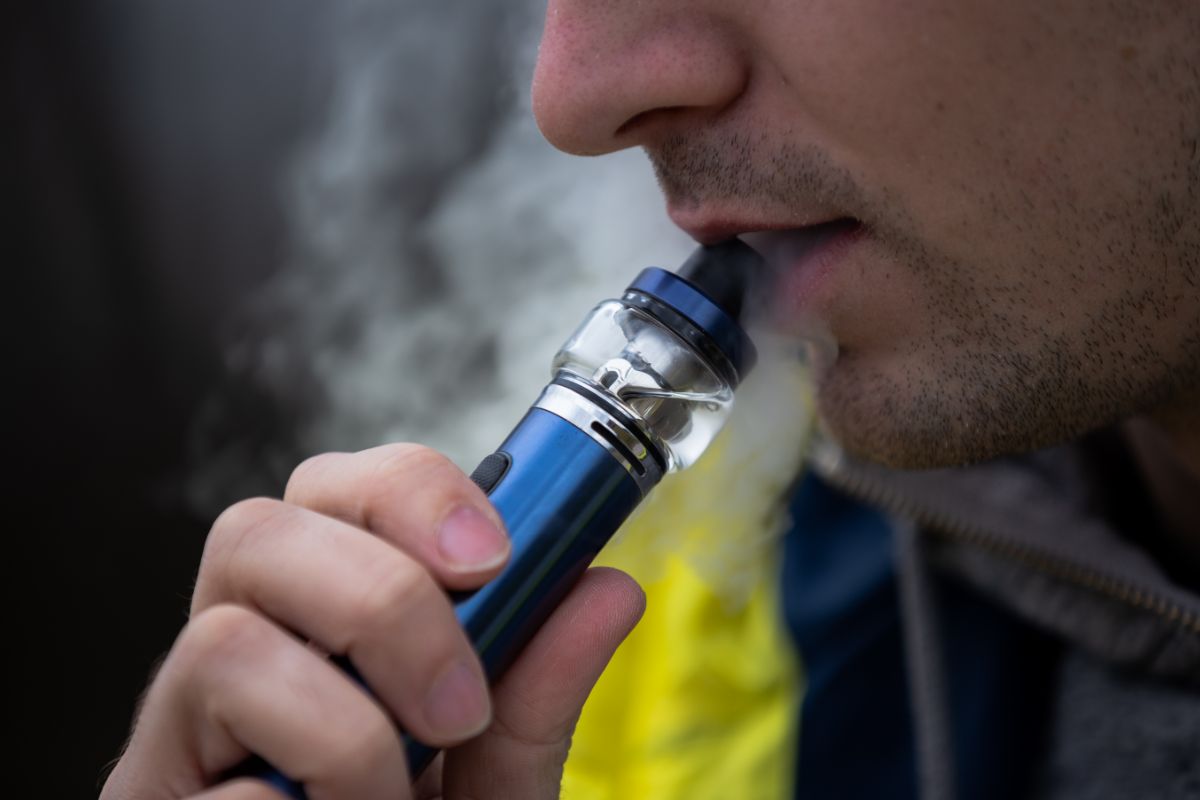
The vapor path of a vape is exactly what it sounds like. It’s the route the vapor travels to your mouth and eventually your lungs.
As mentioned earlier, plastic vapor paths are strictly out of the question, as, despite there being plenty on the market, they’re incredibly bad for your health.
If you plan on vaping actual bud as opposed to oils and concentrate, you’ll also need to make sure that your vape of choice has a path screen that filters out any particulate matter and stops it from entering your mouth.
With no screen in place, you could potentially get burned or cough up a lung when a little bit of your Scooby snack flies down your throat.
The Question Of Mods
It’s perfectly fine to modify your vape, but the trick is to ensure it’s optimized for vaporizing the particular substances you have in mind. Deviating from this course will lead to dips in efficiency and inhalation comfort.
Vape Juice
Your choice of vape juice is also essential if you’re looking to boost the health factor of your vape. A number of compounds found in popular e-liquids are problematic to say the least.
Some contain nicotine, which is great if you’re trying to quit smoking, but otherwise… not so much. Others contain propylene glycol (PG) or vegetable glycerin (VG).
The former has been categorically tied to intense dry mouth and severe throat irritation, while the latter is connected to digestive issues and pretty gnarly headaches.
What Can You Do To Make Your Vape Healthier?
Besides choosing high quality products, sticking to a solid maintenance schedule can make your vape a healthier prospect. When you leave your components to wrack and ruin, harmful chemicals can build up and contaminate your vapor.
What’s more, without some much-needed TLC from time to time, your vape’s performance will dip, which can lead to some pretty nasty puffs and respiratory irritation.
Wellness Vapes: Are They Legit?
You may have noticed a surplus of “wellness vapes” hitting the shelves recently.
These products are essentially marketed as health supplements, with some manufacturers even claiming that they can treat anxiety (see also “Is Sativa Better For Anxiety Or Indica?“), insomnia, and ADHD, so it’s no surprise they’re turning some heads.
They typically contain some sort of vitamin, mineral, or otherwise “helpful” supplement. You’ll find some loaded with vitamin B12, others packed with melatonin or essential oils, and more still with traces of caffeine to give the user a boost the way certain pain relievers do.
Usually marketed under exceedingly catchy names nodding to the health benefits of use, they’re an enticing prospect, yet, even though their popularity is skyrocketing, my advice is to resist the hype.
None of these products are approved by regulating authorities, meaning any claims made by the manufacturers are unsubstantiated.
Why Are Wellness Vapes Permitted In The Market?
Okay, so if wellness vapes are such dicey products, why are manufacturers allowed to sell them to us? Well, it all comes down to current legislation surrounding vape regulation.
As it stands, manufacturers need only seek FDA approval if their products contain nicotine, and as wellness vapes are chock full of healthy supplements, they don’t require pre-approval.
Final Thoughts
The moral of the story? Never trust that manufacturers have your best interests at heart. Some truly do produce high quality products that put your health first, but the majority are just looking to make a buck and are not particularly fussed if you suffer as a result.
While it’s a shame that so many substandard products are available, as long as you tread with caution and do your research, you can navigate the pitfalls of the market and find yourself a vape truly optimized for user health and well-being.
- Avida CBD Review - January 16, 2023
- Hybrid Strains: A Comprehensive Breakdown - January 16, 2023
- Blueberry Cookies Strain – Everything You Need To Know - January 16, 2023

